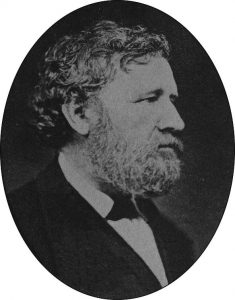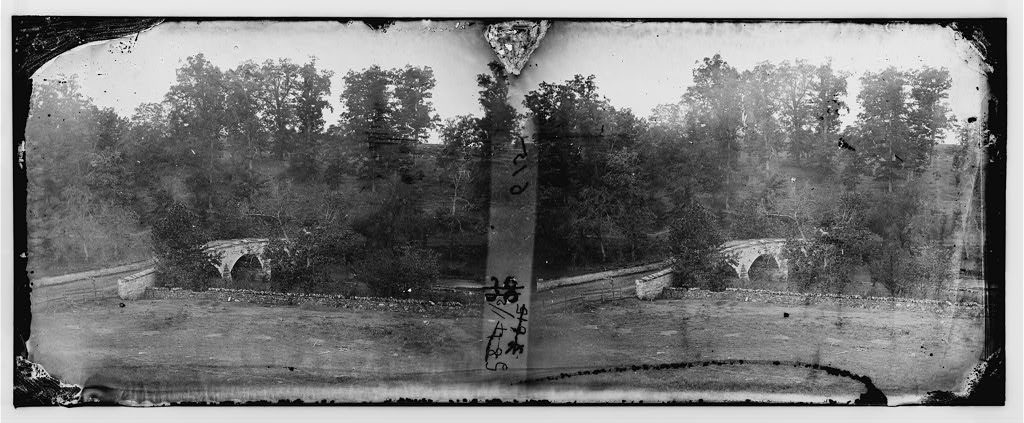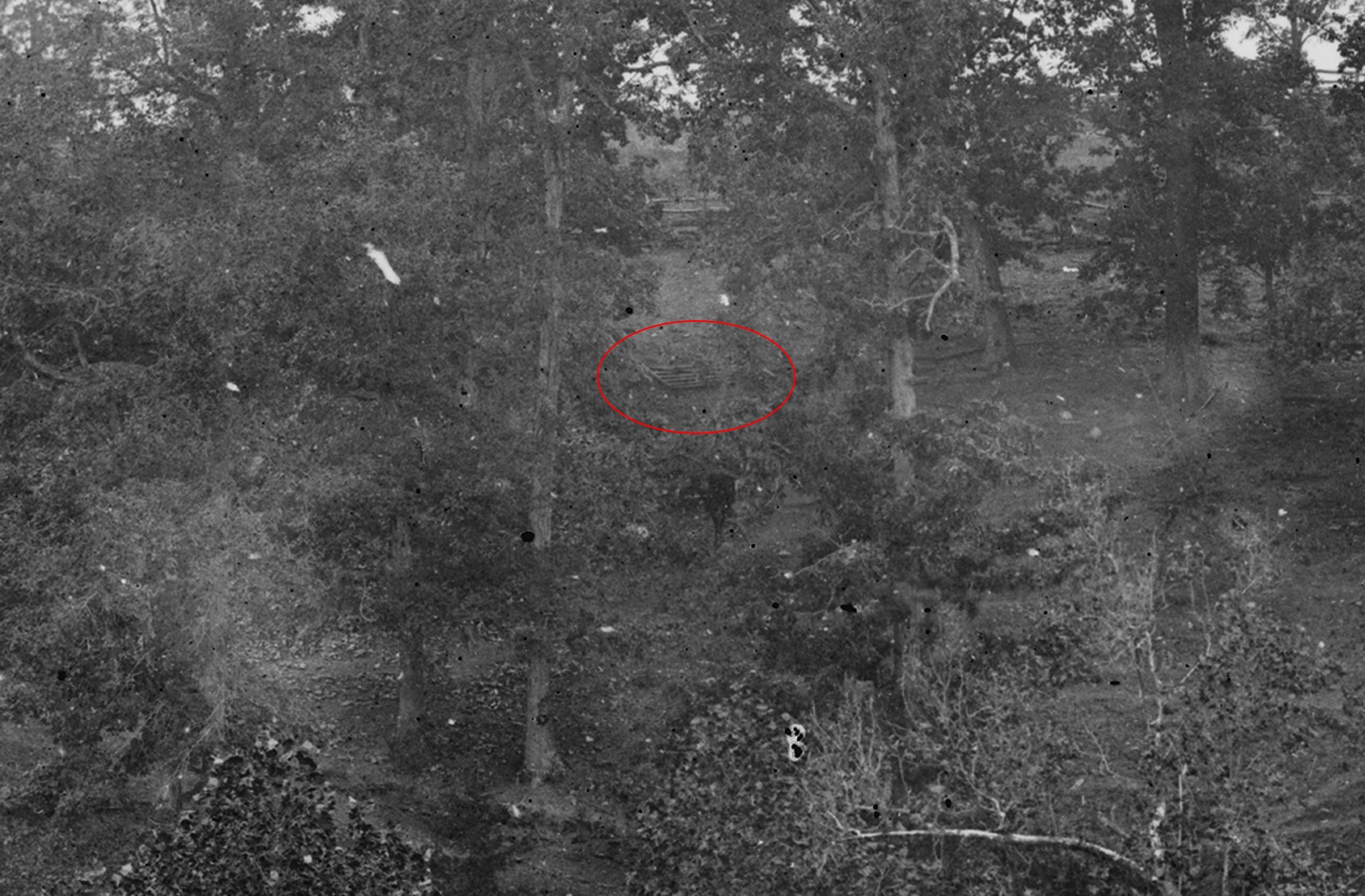Benning’s Breastworks at the Burnside Bridge
People visiting the Antietam battlefield often wonder why the Confederate defenders did not entrench or build breastworks to strengthen their positions. After all, Antietam’s landscape is not marred by miles of trenches and extant earthworks. “Why not?” they wonder. Answering that question goes beyond this post, though I’ll refer you to a talk I gave at the ECW Symposium (make sure to join us this year) in 2017. If Lee was thinking of the offensive, why dig in?

Anyway, to say that Lee’s men did not entrench or construct breastworks at Antietam is not to tell the whole truth. On the southern end of the field, two Georgia regiments–the 2nd and 20th–of Robert Toombs’ Brigade commanded by Col. Henry Benning occupied a position overlooking the Burnside Bridge. The heights on which these Georgians were posted rose 70 feet above the bridge and Antietam Creek below it. They stood poised on the military crest of the hillside, ready to repel any attempt by the enemy to charge across the creek.
Benning’s men reached their commanding position on September 15, two days before the battle. Immediately, they went to work improving their post. Henry Benning described the process in his after-action report:
The rails were taken from the fence and built up against such trees as were in suitable situations, and where there were no such trees the rails were laid in simple piles. These rude barricades, few and far between, afforded to men lying behind them tolerable shelter against small-arms. Such was the protection on which the regiments had to rely.
Today, Benning’s defenses are long gone, though the quarry pits above the bridge can still be seen, which were utilized by the Georgians on September 17. But the breastworks do not remain. However, while recently looking through the details of Alexander Gardner’s photos of the Antietam battlefield, I did come across, what appears to be, a remnant of the Confederate works captured by Gardner’s lens.

Zooming in on the distant hilltop reveals the scattered trees the Georgians utilized in their defense as well the fence line atop the heights mentioned by Benning. Above the bridge’s center arch, below the crest of the hill, appears to be remnants of a fence, perhaps remnants of the Confederate breastworks erected overlooking the Burnside Bridge. It is certainly a post and rail fence lying on its side. Unfortunately, trees obscure if this was a random fence panel knocked down during the action or part of a larger breastwork. Take a look:


So, what do you think? Is this a Confederate breastwork at Antietam or not?
Yes. I believe the rails are just as Benning described them. I hunt Whitetail deer with .58 minie ball over 65 gr. of ffg. As easily as it will knock down a buck, it has difficulty penetrating more tgan four or five inches in hickory wood. This is largely due to the soft, easily-molded lead.
Thanks for adding a good modern perspective to this Eric.